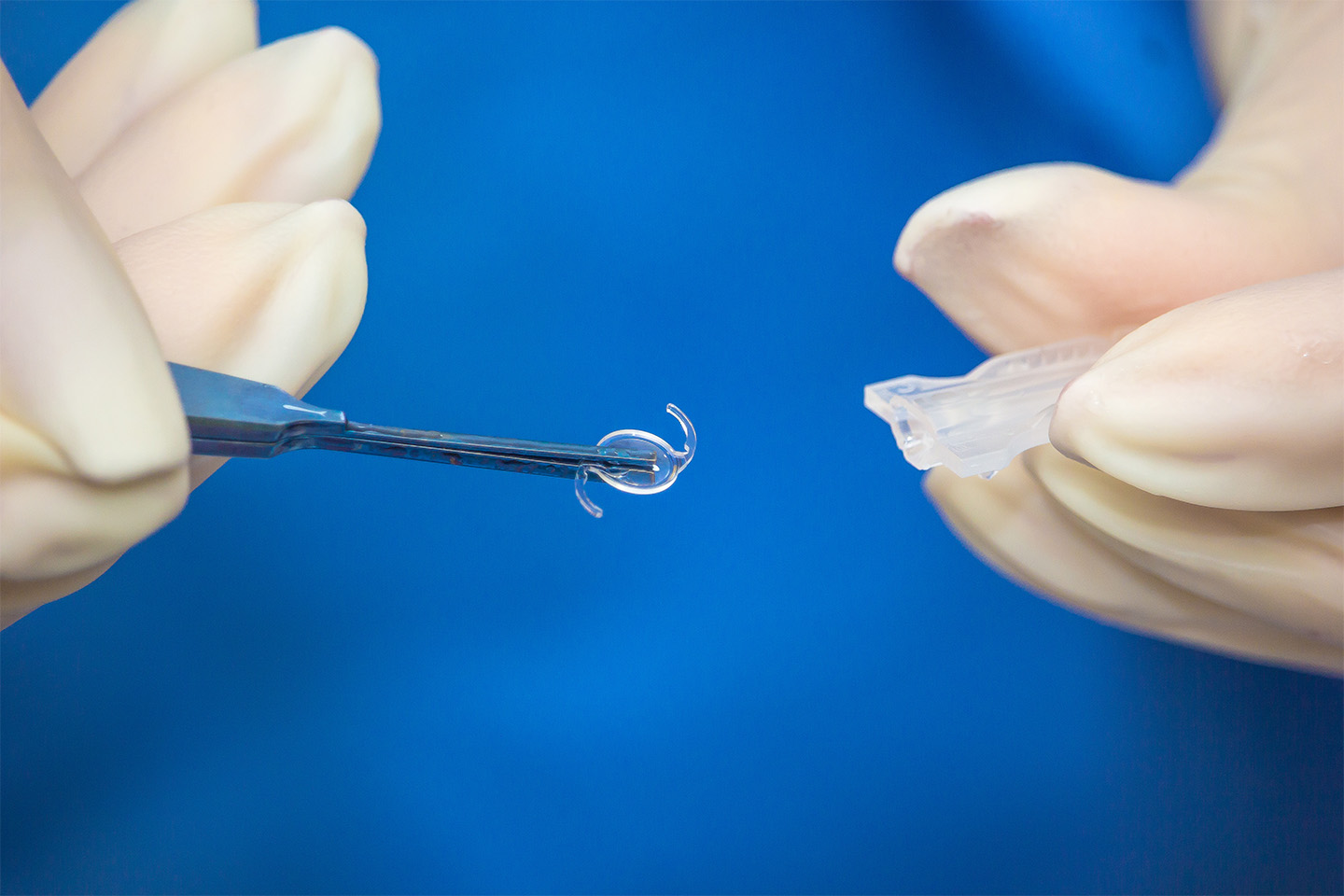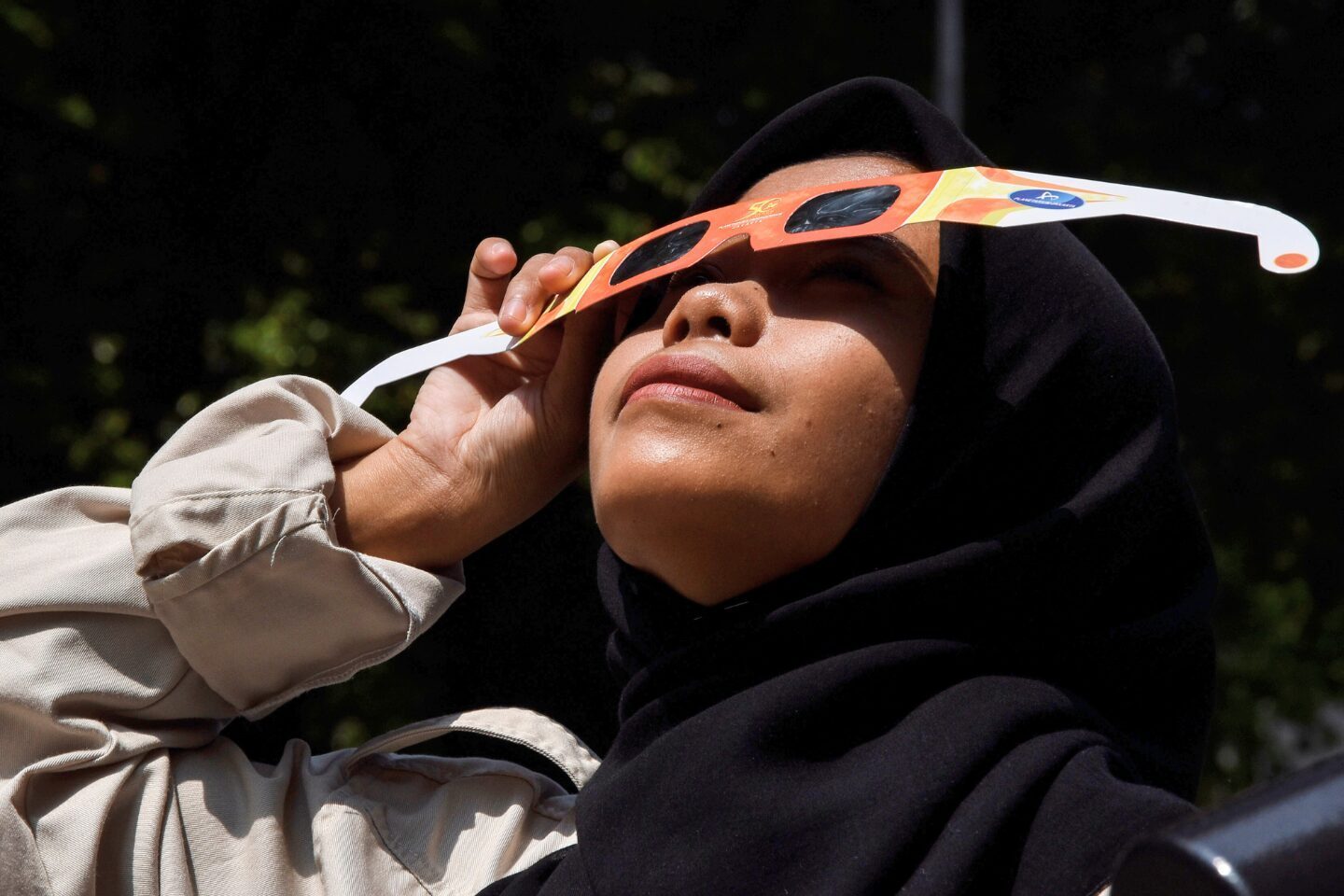6 Common Vision Problems & How to Fix Them

Most of us tend to think of vision problems as blurry or blind. In reality, different types of vision problems exist, and each problem requires different treatments. Take a look at some of the most common vision problems and how to fix them.
Nearsightedness (Myopia)
Nearsightedness occurs when light entering the cornea focuses in front of the retina instead of on the retina. This happens because the distance between the front and back of the eye is too long. This results in the ability to see near objects clearly. However, objects in the distance may appear blurry. This is often corrected easily with corrective lenses or LASIK vision correction.
Farsightedness (Hyperopia)
You can think of farsightedness as the opposite of nearsightedness. In farsightedness, light is focused behind the retina: the distance between the front and back of the eye is too short to allow light to focus on the retina. This results in being able to see objects in the distance clearly, but close objects appear blurry. As you age, farsightedness has a greater chance of forming and it can make it difficult to see even close objects. This condition is treated with corrective lenses or LASIK as well.
Presbyopia
Presbyopia refers to age-related changes in the ability to see small, nearby objects. The weakening of the lens causes this condition. The lens becomes less flexible, making it difficult for the muscle surrounding the lens is unable to expand or contract properly to focus on nearby objects. Corrective lenses with an extra magnification layer in the lens allow those with presbyopia to see small, close objects, but the remainder of the lens corrects any co-occurring myopia or hyperopia. Reading glasses are also a common “treatment” for this condition.
The Corneal Inlay Procedure is specifically designed to treat presbyopia.
Astigmatism
When the eye has a football-like shape, light is not focused evenly on the retina, resulting in astigmatism. LASIK or corrective lenses treat astigmatism, although many have thought that they were not a LASIK candidate if they have astigmatism. Due to advances in technology, being deemed ineligible for LASIK due to astigmatism is rare.
Glaucoma
Often occurring in the elderly, glaucoma refers to increasing pressure within the eye. As the pressure increases, vision declines. Although the glaucoma-related loss of vision is irreversible, it can be slowed through medicinal eye drops and regular visits to the eye doctor for careful monitoring.
For advanced glaucoma, the iStent procedure is now available to improve aqueous outflow and safely reduce eye pressure.
Cataracts
Cataracts form when proteins in the eye result in an opaque tissue, obstructing the field of vision. The only way to completely treat cataracts is to undergo cataract surgery. Fortunately, with the advent of “No-Drop” Cataract Surgery, cataract surgery is far simpler and more effective than in years past.
Turn To The Top Eye Doctors In Texas
Check out one of our locations below for the best eye care near you:









